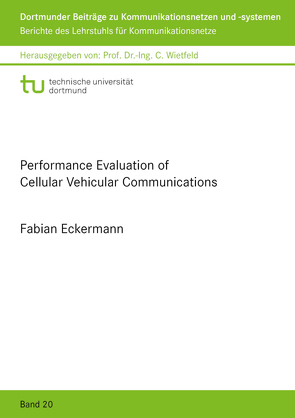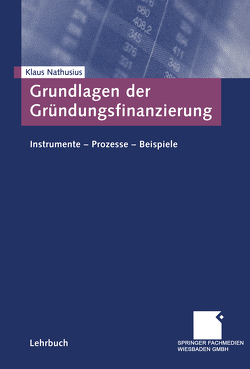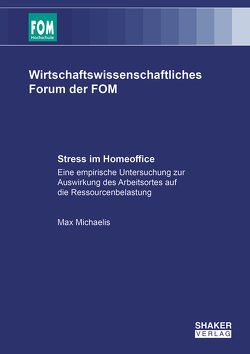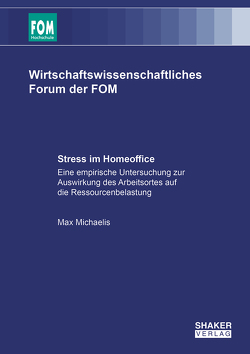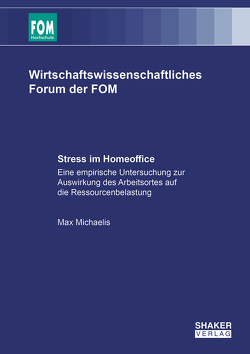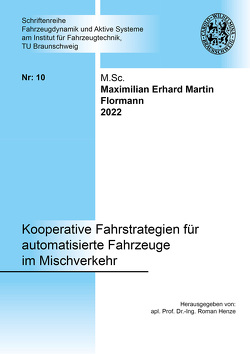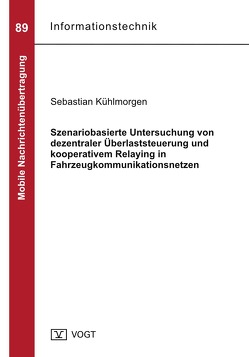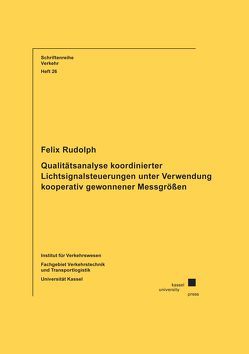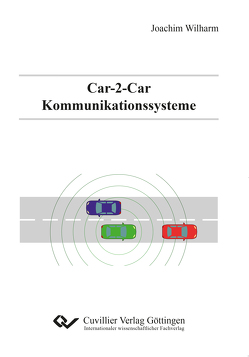Performance Evaluation of Cellular Vehicular Communications
Fabian Eckermann
In recent years, the development of (semi-)automated vehicles has progressed to the point where they can already be found on public roads. In addition to the development of automated vehicles for individual or freight transport, other robotic systems such as UAVs or UGVs are also being developed for use, e.g., in agriculture or to support emergency response and search and rescue missions. These forward-looking applications also involve the cooperative operation of the vehicles or robotic systems. A prerequisite for these cooperating multi-vehicle systems is reliable wireless communication technology, which in particular also offers direct communication between the vehicles.
In this dissertation, novel, distributed cellular radio-based communication technologies for use in (semi-)automated vehicles were investigated and evaluated. Advanced software and hardware solutions allow for the investigation of compact decentralized LTE cellular radio networks both in the laboratory and in practice in numerous driving and flight tests. The extension of realistic simulation models and specially developed simulation modules enabled the comprehensive investigation of cellular radio-based direct communication in different development stages, starting with so-called D2D communication up to communication technology for road traffic called C-V2X communication. Specifically configured software-defined communication systems also allow for investigations in laboratory environments utilizing a novel traffic generator for vehicular communications. The novel combination of existing technologies enables an innovative concept to validate the transmitted position data by estimating a complementary distance estimation using C-V2X.
